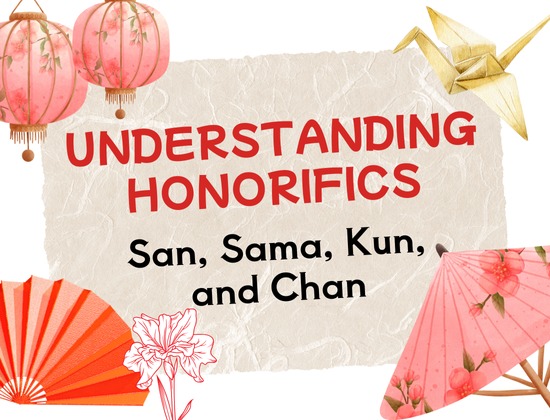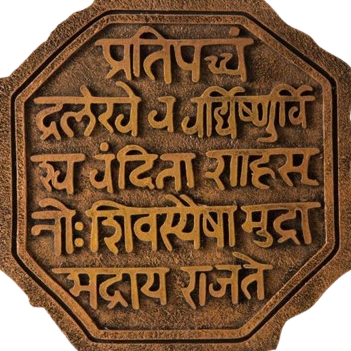
Understanding Honorifics: San, Sama, Kun, and Chan
Why Do People In Anime Always Say “San” Or “Kun”? Let’s Decode The Mystery
If you've ever watched a Japanese drama, anime, or heard Japanese people speak, you've probably noticed those little suffixes added after names san, sama, kun, chan and more. They’re not just for show or formality, they carry a lot of cultural meaning!
These are called honorifics, and they help express respect, familiarity, affection, and social hierarchy in the Japanese language. Understanding how they work can deepen your appreciation of Japanese culture and prevent awkward social mistakes.
Let’s break down the most common ones:
1. San (さん) – The All-Purpose Polite Suffix
San is the most common honorific and is equivalent to "Mr.", "Mrs.", or "Ms." in English. It's polite, neutral, and used in most everyday interactions, especially when you're not very close to someone or want to be respectful.
-
Used for: Adults in general, colleagues, acquaintances, strangers
-
Example: Tanaka-san (Mr./Ms.Tanaka)
You can use san regardless of gender or age, which makes it a safe choice in most social situations.
2. Sama (さま) – Ultra-Respectful and Formal
Sama is a more respectful version of san and is used to show deep respect. You’ll often hear it in customer service or when referring to someone of very high status.
-
Used for: Customers (okyaku-sama), deities (kami-sama), royalty, or someone you highly admire
-
Example: Ono-sama (Honorable Mr./Ms.Ono)
It's also commonly used in letters and formal writing.
3. Kun (くん) – Friendly or Junior Male Suffix
Kun is typically used for younger males or subordinates. It’s often used by superiors in workplaces or by teachers when addressing male students. Friends might also use kun when talking to younger male friends in a casual but still respectful way.
-
Used for: Boys, younger men, male subordinates
-
Example: Taro-kun (Taro, with a hint of familiarity)
While mainly for males, occasionally kun can be used for girls, especially in the workplace or academic settings, though it’s less common.
4. Chan (ちゃん) – Cute and Affectionate
Chan is used to express endearment. It’s typically used for children, close friends, pets, and anything considered cute. You’ll hear parents calling their children with chan, or friends using it playfully and lovingly.
-
Used for: Babies, young kids, close female friends, pets
-
Example: Mika-chan (Little Mika, affectionately)
Be cautious: Using chan for someone you’re not close to can come off as overly familiar or even disrespectful.
Quick Tip: When in Doubt, Use San!
If you're unsure which honorific to use, san is your safest bet. It’s polite, respectful, and won’t offend anyone.
Japanese honorifics are more than just language quirks; they reflect relationships, social roles, and levels of familiarity. Learning to use them correctly helps you not only sound more natural but also show respect in the right ways. Whether you're watching anime, studying Japanese, or planning a trip to Japan, now you can decode those little suffixes with confidence!












